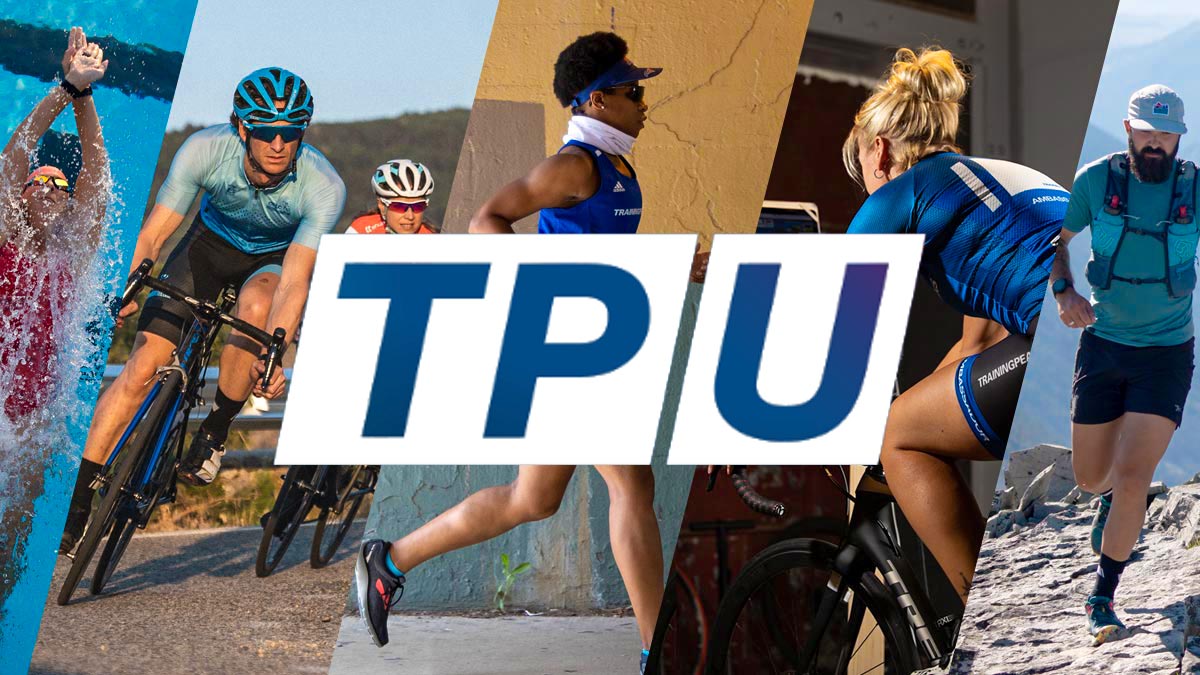These past few months have certainly allowed for a technological revolution. For example, Zoom has gone from 10 million video calls in December 2019 to over 300 million at its peak in April; Zwift saw a surge of 20,000 users and is now a common word in lockdown language. Furthermore, companies like Peloton are seeing a massive rise in popularity, and virtual racing is kicking off in a big way, with the live streaming of professional races.
Many races now consist of a virtual experience taking on one of two formats. Either with ‘live’ online competition or a pre-set time window in which athletes must complete a specified distance, like the Quarantine Backyard Ultra. Though debatably, these formats can vary in terms of absolute fairness, people have bought into the idea that they can challenge themselves physically online. It has undoubtedly brought a thankful cash injection to endurance event organizers who are having to dig deep into their pockets to survive the current economic climate. Even better, a lot of extra money is going to charities.
Will this change reshape racing permanently? Will this alter the way coaches prepare athletes? And perhaps even more important to many of us, how will coaches survive in a virtual world?
Coaching for virtual racing shouldn’t be intimidating.
I feel that the measurable difference in training required for an online event versus an in-person event is not something coaches should worry about. For many years, endurance coaches have been subjected to their athlete’s ever-expanding list of “suggested” race ideas, which tend to get crazier each time, (see this new Everesting craze.) Our ability to understand imposed event stress and crank out an appropriate training program is what we do best.
However, if you’re used to a more traditional style of coaching with lots of face-to-face contact, you may feel more out of your element these days. Trust me, TrainingPeaks can help you out with that part.
Don’t stress about the competition.
This is likely something you’ve told your athletes before, so why not take your own advice?
With your athlete’s attention totally turned to the online sphere, it may seem your coaching programs and sessions are in direct competition with thousands of other online workouts: training races on Zwift, strength and conditioning workouts on Instagram TV or Facebook Live, Yoga sessions through Zoom, etc. The digital list of ways athletes can get sweaty is endless.
As coaches, pre-COVID-19 we relied on our ability to offer high quality, usually customized training as well as the fact that the scale of the competition wasn’t really that big and usually we all have a lot to gain by working collaboratively. Now though, we are up against a complete crossover within the tech and sports industry. This threat is actually our opportunity.
Be better than the random Youtube workout.
Rest assured, there will be ‘taste fatigue’ from working out on repetitive, uninteresting programs. As such, our job as coaches is to offer what these other virtual sessions are missing. This may vary slightly per athlete, but the core components of a successful virtual session are the same as that of a physical one:
- The session must fit into an overall program leading to increased performance-based on SMART goals and objectives.
- Coaching is a relationship, not just a program. Form close bonds with your athletes that make the experience more fulfilling on both ends.
- Learn from each session and use that knowledge to adapt the program.
How would it feel in real life?
In essence, if you just ask yourself, “What would I say to that athlete if I was in front of them?”, you will almost certainly see an improvement in the delivery of an online session. The onus is on you to adapt and offer excellent coaching expertise which adds value beyond just sweat and sore muscles for your athlete.
Here are some top tips that should make a difference:
- Understand the technology you are using and have clear “how-to” documentation for your athletes, so they know how to get the most out of it too!
- Have clear session plans in place which focus on a specific aspect of performance.
- Don’t see this as your own training session. This isn’t: “come train with –––“, this is a coached session, so coach it! You may be on the bike with them virtually, or you may be going through the exercises, but if you are working hard, then the chances are you aren’t able to focus on the athlete(s).
- Prepare for awkward silences or points where everyone is on mute. Think about how can you encourage conversation and self-learning.
- Give clear feedback to each of the athletes you are working with virtually.



